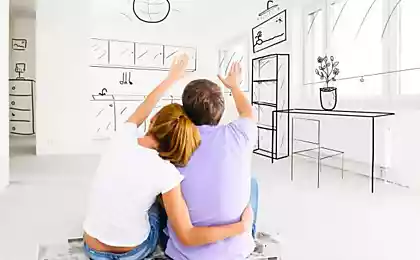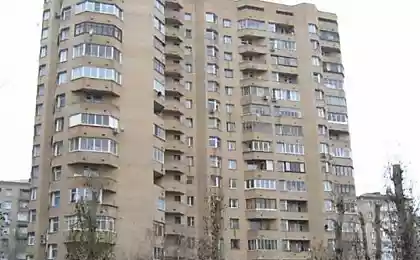196
Today, Khrushchev is not scolded only by the lazy, but look how they looked half a century ago.
Neighbors know most of your household chores, and have you memorized the schedule of TV shows that Grandma watches from the apartment across the street? Yeah, chrushchev They have a unique ability to bring people and sometimes even families together. And yet most of us continue to live in these old homes, because not everyone can afford the private sector.

So where did they come from, who invented them, and why were these seemingly inconspicuous buildings built everywhere and so massively? Let's talk about the Khrushchevs. Better than a barracks, but worse than a Stalinist. The most popular type of city houses in the post-Soviet space. Concrete, glass and the strictest forms an architect can think of.
The walls in Khrushchevka are multi-storey residential buildings that became a symbol of mass housing construction in the Soviet Union in the 1950s. They got their name in honor of Nikita Khrushchev, the chief architect of perestroika in the USSR.
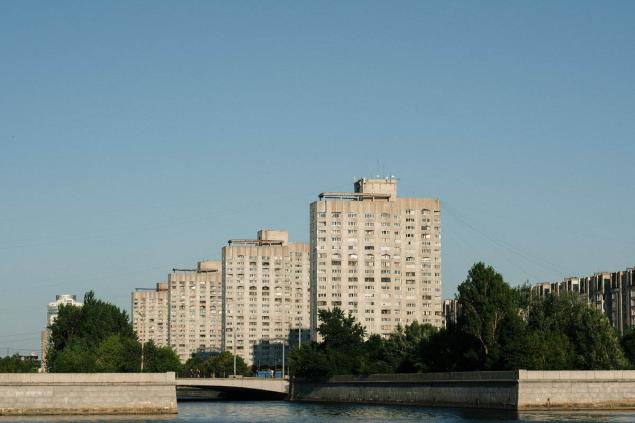
The idea of creating Khrushchev was put forward by the first secretary of the CPSU Central Committee himself. He was concerned about the acute housing shortage in the country and called for mass construction of low-rise houses made of brick and reinforced concrete. These houses were to be accessible to many families, including workers and peasants.
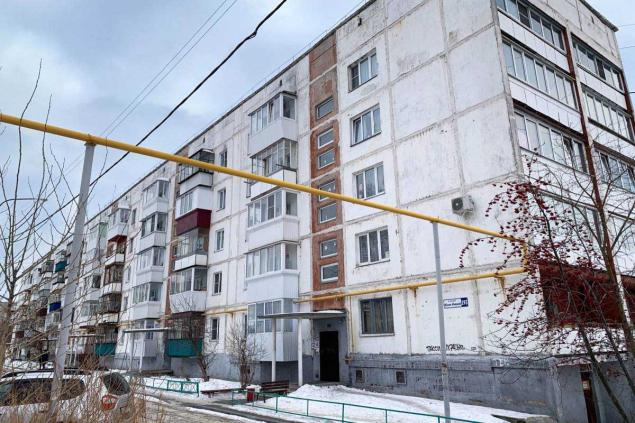
The first Khrushchev was built in 1958 in Moscow and in the near suburbs. They were five-story and had a feature - rapid construction through the use of ready-made blocks of reinforced concrete, which were assembled on site. This made it possible to build houses faster than usual and save on materials.
What Khrushchevka looked like was very popular among the inhabitants of the USSR. They were considerably cheaper than the old stone houses and so became available to many families. In addition, they had many advantages: the apartments had central water supply and sewerage, gas stoves, a bathroom and a toilet. Also in each entrance there was a room for storing bicycles and strollers.
But the very first houses of this design were not as comfortable as they are now. They were built literally as a designer, squashed gradually each floor on top of each other. The record holder is a house that was built by a team in 5 days. Of course, there could be no talk of any sewage and gasification.
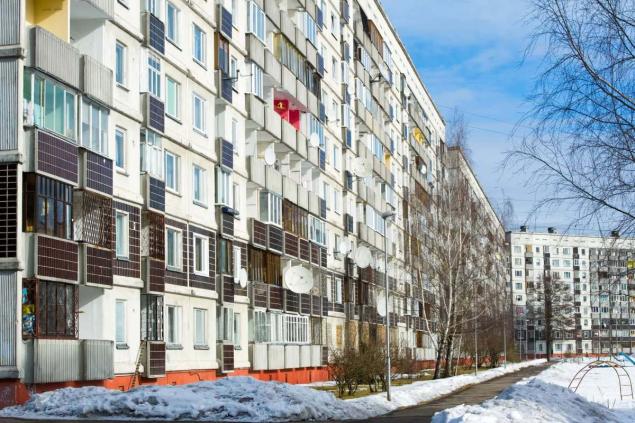
In addition, the Khrushchevs of that time had problems with insulation, as they were built without the use of brick, and the walls were not distinguished by thickness. As a result, large families had to put up not only with the cold, but also with terrible sound insulation. She was practically absent at the time. Even later, in the 70s, when the Khrushchevs reached the peak of their quality, many carpeted the floors and walls to get a little more privacy.

Nevertheless, Khrushchev remains a part of the urban environment and millions of people still live there. Some have been upgraded and renovated to enhance their comfort, and some have been demolished to make way for new homes.
The cultural significance of Khrushchevka also had cultural significance in the USSR. They were a symbol of a new era in the history of the country, when the government sought to create comfortable conditions for the majority of people and improve the standard of living of citizens. They were also one of the symbols of the advent of the time, in which great attention was paid to construction and industrialization.
Their ascetic forms and recognizable heavy, square features were made, in fact, for a reason. This is what the French architect Le Corbusier invented. Thus, a large amount of material, time and working hands were saved. A single standard ceiling height became 2.5 meters. By the way, the civil engineer then made Lagutenko Valery Pavlovich, grandfather of the famous frontman of the band Mumiy Troll.

In general, Khrushchev was an important stage in the history of housing construction in the USSR. They were a response to the acute need for housing and became affordable for many families. Although the houses had their drawbacks, they remained a hope for the people of the new era and continued to attract attention as cultural heritage sites.

So where did they come from, who invented them, and why were these seemingly inconspicuous buildings built everywhere and so massively? Let's talk about the Khrushchevs. Better than a barracks, but worse than a Stalinist. The most popular type of city houses in the post-Soviet space. Concrete, glass and the strictest forms an architect can think of.
The walls in Khrushchevka are multi-storey residential buildings that became a symbol of mass housing construction in the Soviet Union in the 1950s. They got their name in honor of Nikita Khrushchev, the chief architect of perestroika in the USSR.

The idea of creating Khrushchev was put forward by the first secretary of the CPSU Central Committee himself. He was concerned about the acute housing shortage in the country and called for mass construction of low-rise houses made of brick and reinforced concrete. These houses were to be accessible to many families, including workers and peasants.

The first Khrushchev was built in 1958 in Moscow and in the near suburbs. They were five-story and had a feature - rapid construction through the use of ready-made blocks of reinforced concrete, which were assembled on site. This made it possible to build houses faster than usual and save on materials.
What Khrushchevka looked like was very popular among the inhabitants of the USSR. They were considerably cheaper than the old stone houses and so became available to many families. In addition, they had many advantages: the apartments had central water supply and sewerage, gas stoves, a bathroom and a toilet. Also in each entrance there was a room for storing bicycles and strollers.
But the very first houses of this design were not as comfortable as they are now. They were built literally as a designer, squashed gradually each floor on top of each other. The record holder is a house that was built by a team in 5 days. Of course, there could be no talk of any sewage and gasification.

In addition, the Khrushchevs of that time had problems with insulation, as they were built without the use of brick, and the walls were not distinguished by thickness. As a result, large families had to put up not only with the cold, but also with terrible sound insulation. She was practically absent at the time. Even later, in the 70s, when the Khrushchevs reached the peak of their quality, many carpeted the floors and walls to get a little more privacy.

Nevertheless, Khrushchev remains a part of the urban environment and millions of people still live there. Some have been upgraded and renovated to enhance their comfort, and some have been demolished to make way for new homes.
The cultural significance of Khrushchevka also had cultural significance in the USSR. They were a symbol of a new era in the history of the country, when the government sought to create comfortable conditions for the majority of people and improve the standard of living of citizens. They were also one of the symbols of the advent of the time, in which great attention was paid to construction and industrialization.
Their ascetic forms and recognizable heavy, square features were made, in fact, for a reason. This is what the French architect Le Corbusier invented. Thus, a large amount of material, time and working hands were saved. A single standard ceiling height became 2.5 meters. By the way, the civil engineer then made Lagutenko Valery Pavlovich, grandfather of the famous frontman of the band Mumiy Troll.

In general, Khrushchev was an important stage in the history of housing construction in the USSR. They were a response to the acute need for housing and became affordable for many families. Although the houses had their drawbacks, they remained a hope for the people of the new era and continued to attract attention as cultural heritage sites.
Fans view photos and discuss how the appearance of the Diva has changed in recent years
Unusual gelatin fudge for cakes, which does not crumble, does not stick and freezes very quickly








